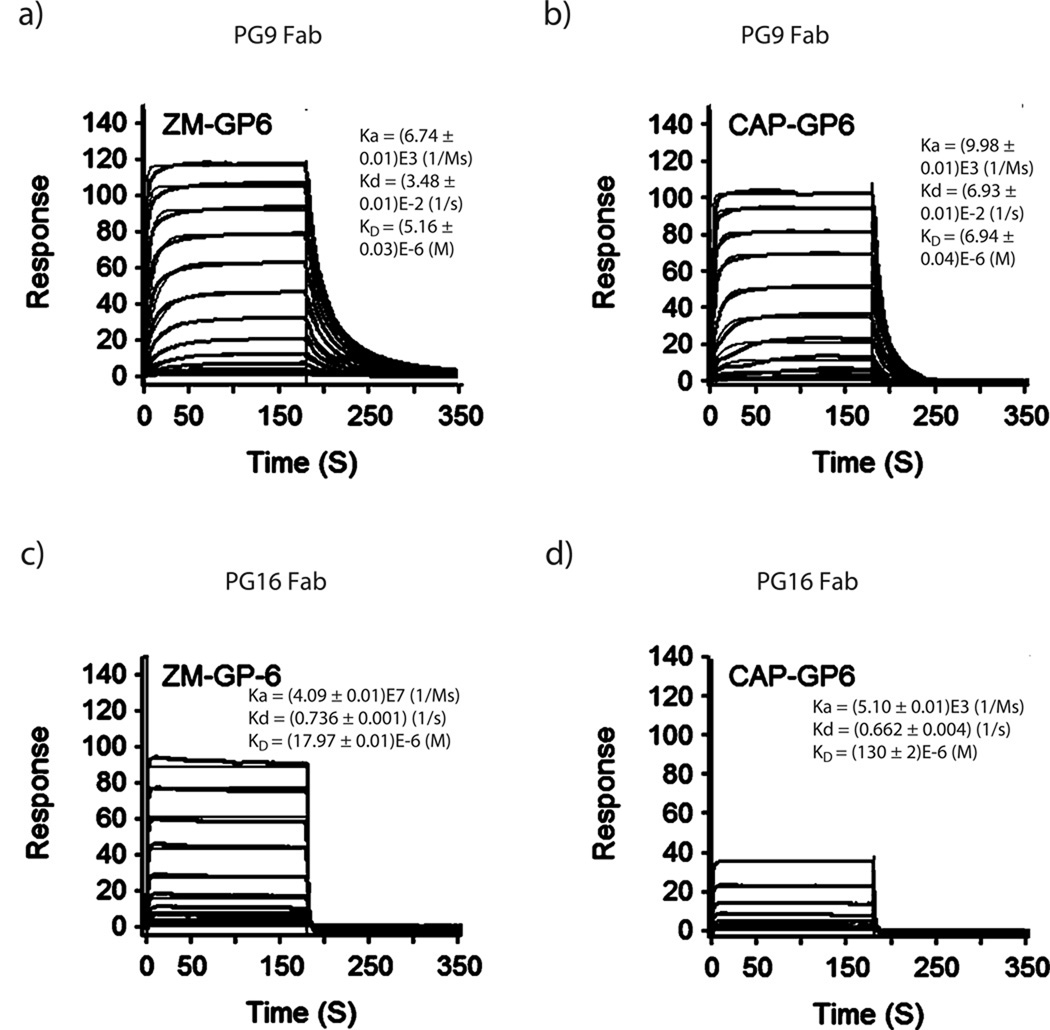Figure 5. SPR analysis of the binding of synthetic V1V2 glycopeptides to PG9/PG16 Fabs.
Biotinylated glycopeptides were immobilized on streptavidin chips and antibody PG9 Fab or PG16 Fab flowed through as analytes. The surface-plasmon resonance sensorgrams were recorded with 2-fold serial dilutions starting at the highest concentration of 100 µM. a) PG9 Fab and ZM-GP6; b) PG9 Fab and CAP-GP6; c) PG16 Fab and ZM-GP6; d) PG16 Fab and CAP-GP6ZM-GP6. The fitted curves were shown in orange color. The binding of ZM-GP2, ZM-GP5, ZM-GP8, CAP-GP2, CAP-GP5 and CAP-GP8 was shown in Supplementary Fig. 11. The following ZM- and CAP-glycopeptides did not show apparent binding responses at up to 100 µM: ZM-GP1, ZM-GP3, ZM-GP4, ZM-GP7, ZM-GP9; CAP-GP1; CAP-GP7, CAP-GP9; and those non-glycosylated peptides.

